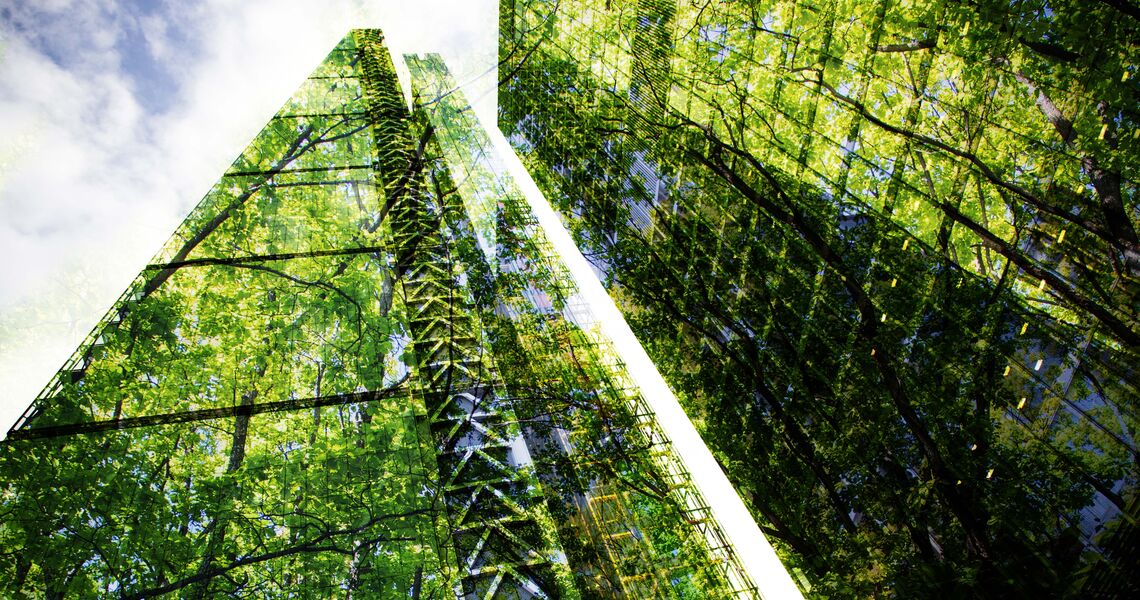
In other articles published on our blog, we have already talked extensively about our biophilia (which is our innate love for nature and everything that is alive) and the discipline of Biophilic Design (which translates our biophilia into the built environment), two topics that Verde Profilo holds very close to its heart, not only because we live and work in close contact with the plant world on a daily basis, which is one of the important aspects of biophilic design, but also because we are aware that it is a scientifically based discipline aimed at making people feel better in the built environment. Moreover, this knowledge gives us the opportunity to explore a whole series of aspects that affect us very closely as a human species and as individuals: where we come from, who we are today, what our characteristics and needs are, what relationship we have with the natural world we come from, and many more.
In this article:
Along with developing the BEST SOLUTIONS FOR INDOOR AND OUTDOOR GREEN SPACES for our customers, we also need to think daily about
The discipline of Biophilic Design deals with all these aspects and tries to direct us towards solutions in line with the biophilic tendency that all people have, although at different levels of intensity.
To learn more about biophilic design, we approached the studies of Stephen R. Kellert who was a professor of social ecology at Yale University. He was the first to create a consistent theoretical framework for the discipline.
In order to achieve satisfactory results of biophilic solutions that have positive effects on people, according to Kellert, there are nine universal principles or conditions that are necessary to be able to apply Biophilic Design effectively (Kellert, 2018).
The nine principles may overlap and their order of presentation does not suggest any priority of importance. However, each principle provides a basis for the practice and use of the attributes developed by Kellert.
Biophilic Design:
What are we waiting for to make our everyday living environments better places for our well- being and psychophysical health!
Happy ATTENTION REGENERATION and STRESS REDUCTION to all!
- - -
Bettina Bolten, Biophilic design consultant




















